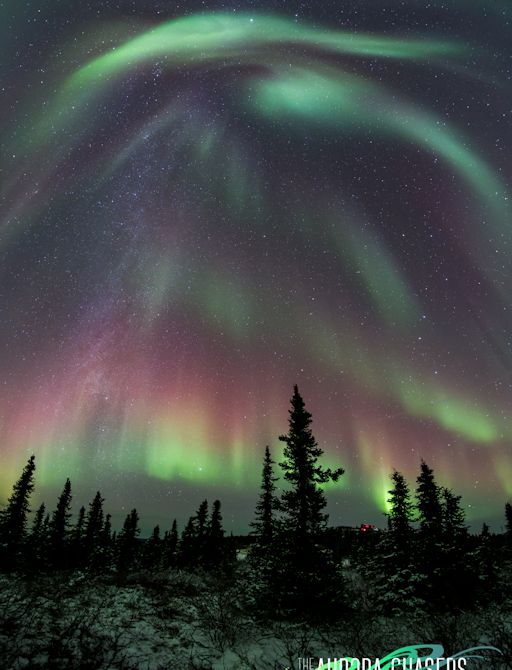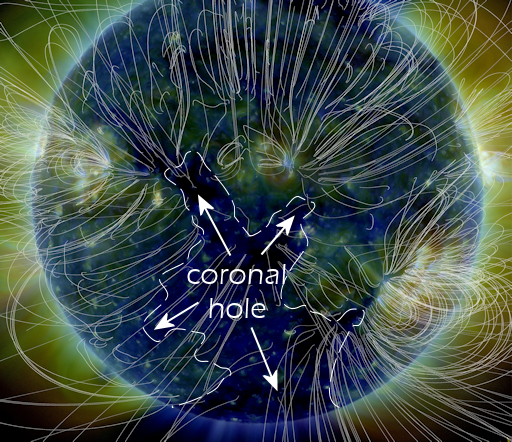This supermoon will appear 16% larger and shine 30% brighter than when its at its furthest point from earth. This is because the moon will be at its closest approach during it's elliptical orbit around the Earth. This close approach is known as the perigee. When a full moon coincides with perigee, it can seem bigger and brighter and that's what we will see this Monday.
To give you a better idea of what we are talking about, the moon orbits the earth in an oval pattern. There are parts of the year when it is closer to us (perigee) and times when its farther away (apogee). This weekend it will be at the closest point to us.
The local NWS office says we may get more coastal flooding due to extra high, high tides due to the closer moon:
THE APPROACH OF THE FULL MOON EARLY NEXT WEEK WILL BRING INCREASING TIDAL HEIGHTS ACROSS SOUTH FLORIDA THIS UPCOMING WEEKEND. IF TIDAL DEPARTURES CONTINUE ABOVE NORMAL, MINOR COASTAL FLOODING MAY BE POSSIBLE WITH HIGH TIDES.






